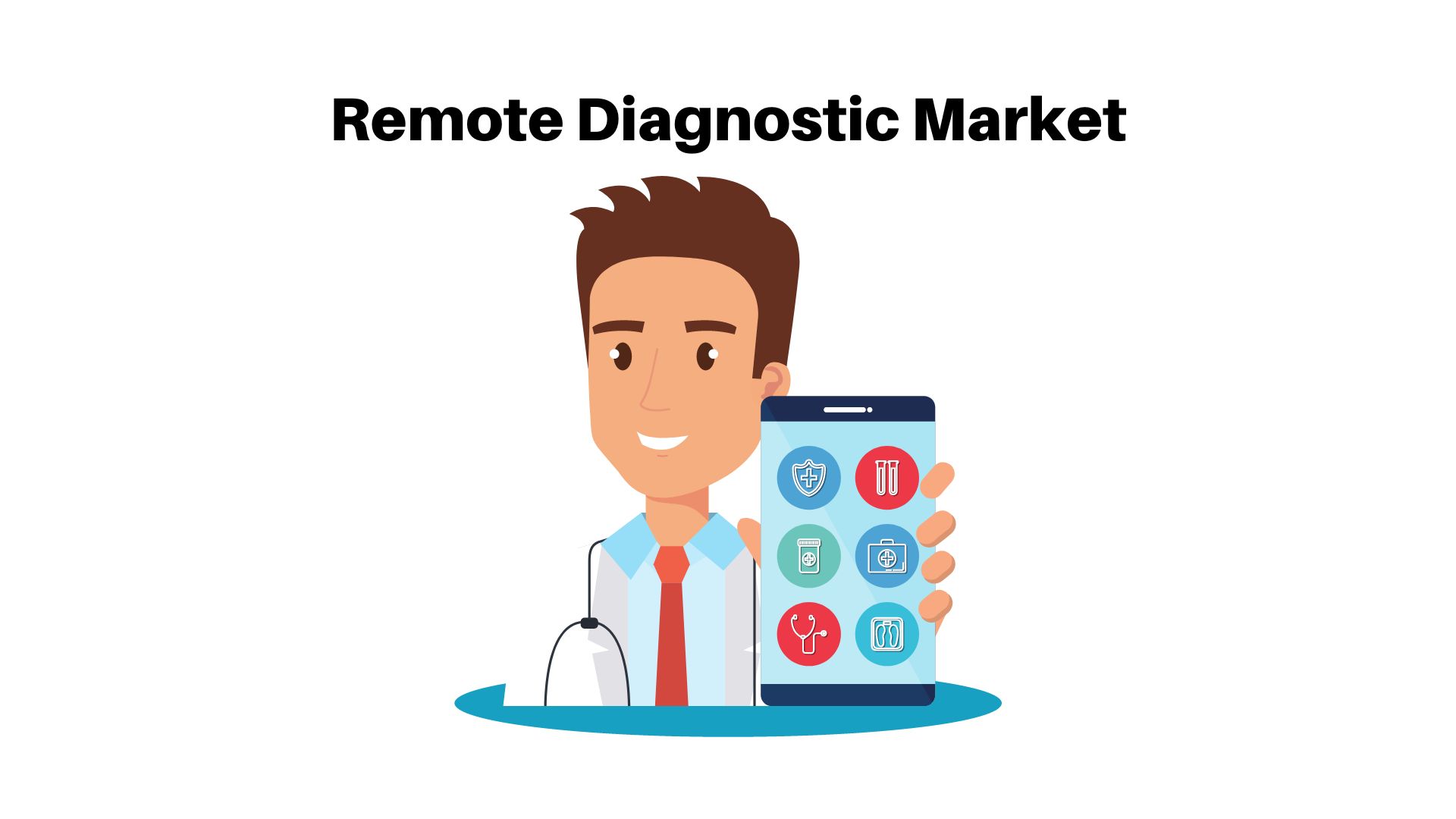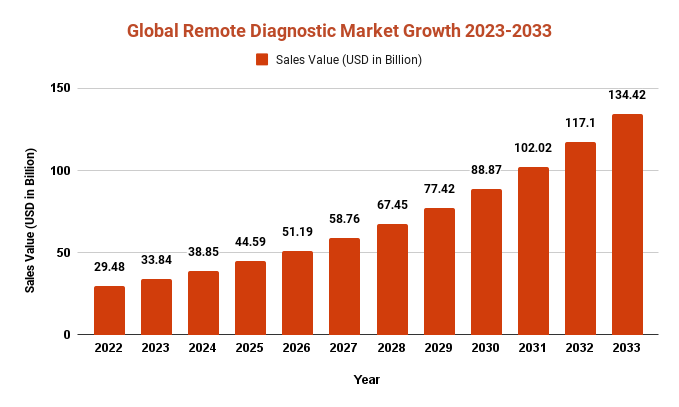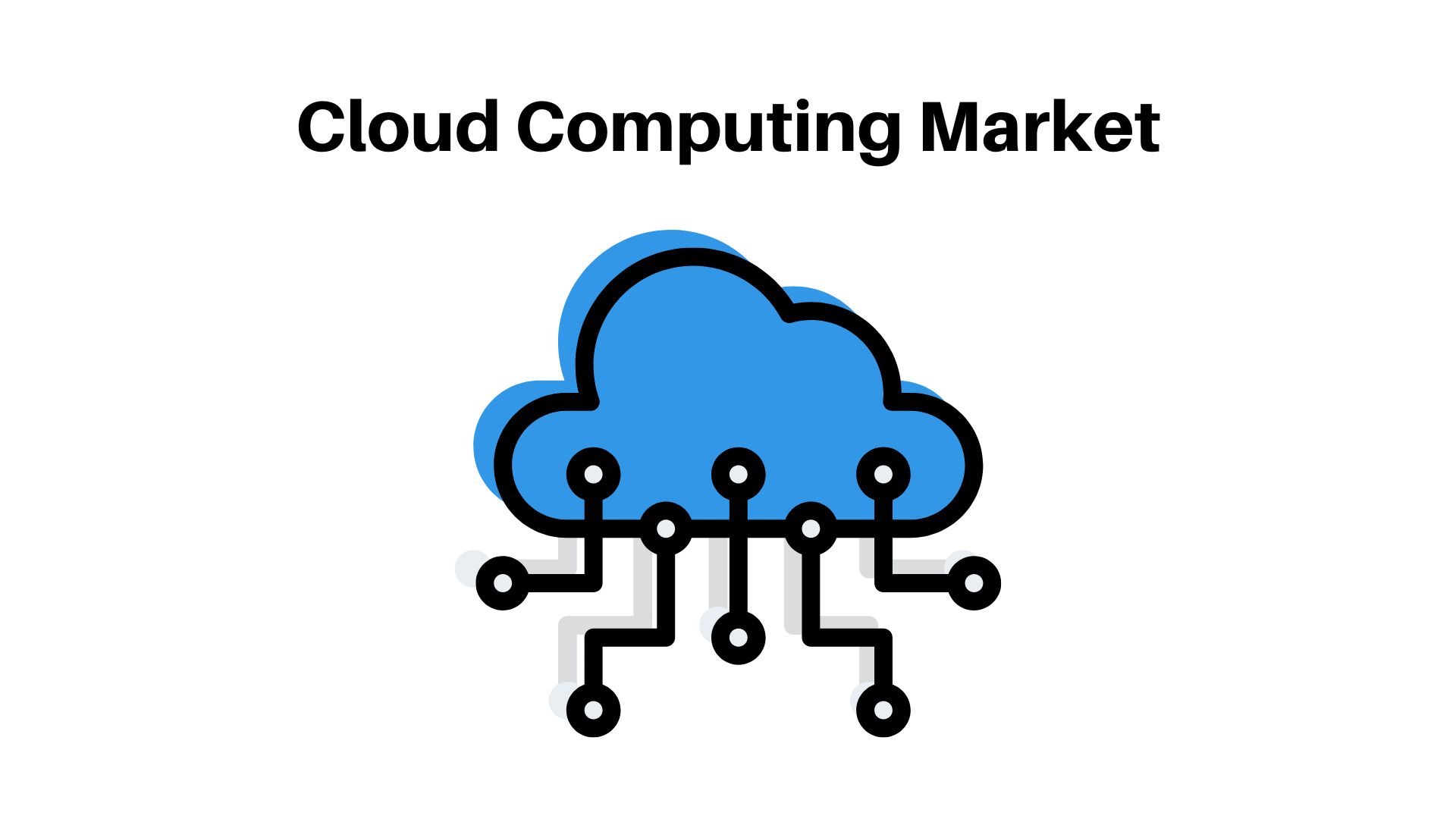Remote Diagnostics Market to Create Favourable Opportunities for Producers 2023 | CAGR Of 14.79%

Page Contents
Market Overview
Published Via 11Press: Remote diagnosis is the process of diagnosing or fixing issues with devices and systems from a distance. Remote Diagnostics Market has become widely adopted across a range of industries, such as healthcare, manufacturing and telecommunications. Automotive businesses rely on remote diagnostics to detect potential problems and keep an eye on vehicle performance. Remote diagnostics is a useful tool to reduce downtime in manufacturing operations and maximize efficiency. It offers remote monitoring and analysis as well as the capacity to assess equipment performance.
The Remote Diagnostics Market size is expected to reach USD 134.42 Bn by 2033, up from its current value of USD 29.48 Bn in 2022, growing at an annual compound growth rate (CAGR) of 14.79% from 2023-2033.
Remote diagnosis can expedite the resolution of issues, save costs associated with on-site visits, and enhance customer satisfaction. Remote diagnostics is a rapidly developing field that promises to revolutionize how devices and systems are serviced, repaired, and maintained. Doing so will result in greater efficiency as well as lower costs.
Key Takeaways
- Remote diagnostics is the process of diagnosing and troubleshooting problems with devices or systems from a distance, without needing physical access to them.
- Remote diagnostics is used in a range of industries, such as healthcare, automotive, telecommunications and manufacturing.
- Remote diagnostics can be carried out through various technologies such as remote access software, sensors, and other monitoring tools.
- Remote diagnostics offer several advantages, such as faster problem resolution, reduced costs associated with on-site visits, improved productivity and greater customer satisfaction.
- Remote diagnostics can present potential challenges such as security risks, the need for reliable connectivity, and the requirement of skilled personnel in order to perform them.

Request For Sample Report Here: https://marketresearch.biz/report/remote-diagnostic-market/request-sample/
Regional Snapshot
- North America: Remote diagnostics is increasingly popular in North America, particularly among healthcare, automotive and manufacturing industries. Thanks to a high adoption rate of advanced technologies like the Internet of Things (IoT) and cloud computing, more sophisticated remote diagnostic systems have been created there.
- Europe: Remote diagnostics is becoming increasingly popular in Europe, particularly within the automotive and healthcare sectors. With a keen focus on sustainability and reducing carbon emissions, this region has developed remote diagnostic systems that optimize energy use while decreasing environmental impact.
- Asia Pacific: Asia Pacific boasts some of the fastest-growing economies worldwide, leading to an uptick in demand for remote diagnostics systems. Healthcare and manufacturing firms are particularly active here, with many businesses investing in remote monitoring to boost efficiency and cut costs.
- Latin America: Remote diagnostics is still in its early stages of adoption in Latin America, but there is growing interest in the technology – particularly within the automotive industry. With a large automotive manufacturing sector present there, many companies are exploring how remote diagnostics can enhance production efficiency and minimize downtime.
- Middle East and Africa: Although remote diagnostics is still in its early stages of adoption in the Middle East and Africa region, interest is growing, particularly within the healthcare sector. With a large and rapidly expanding healthcare sector in this region, many companies are investing in remote diagnostics to enhance patient care and outcomes.
Inquire Here & Query for report: https://marketresearch.biz/report/remote-diagnostic-market/#inquiry
Drivers
- Remote services have become more and more prevalent, offering consumers greater convenience, efficiency, and cost-efficiency in their daily lives. Companies have begun exploring remote diagnostics as a way to provide these advantages without needing customers to visit them physically. With remote diagnostics, businesses can still have face-to-face conversations while providing these advantages virtually. With the Internet of Things (IoT), artificial Intelligence, and cloud computing, more advanced remote diagnostic systems can be created that diagnose, monitor and analyze issues in real-time.
- Remote monitoring, analysis and troubleshooting are cost-effective solutions that enable companies to minimize office visits while increasing efficiency. Remote diagnostics offer businesses an affordable alternative that they should seriously consider exploring. Remote diagnostics can improve efficiency by expediting problem resolution, minimizing downtime and optimizing asset use. Companies can streamline their operations and boost productivity with remote diagnostics. Remote diagnostics in aviation and healthcare are essential to ensure compliance with safety and quality standards. Customers expect prompt and efficient service. Remote diagnostics offer businesses an avenue to meet these objectives by providing remote assistance and troubleshooting.
Restraints
- Remote diagnostics systems may be vulnerable to cybersecurity risks such as data breaches and hacking. There are concerns over the security and privacy of data transmitted over these remote diagnostics systems. For effective operation, remote diagnostics require reliable internet connections; in areas with poor connectivity, remote diagnosis may not be viable or effective. Moreover, skilled personnel must operate and interpret the generated data in order for remote diagnosis to take place effectively; in certain regions or industries there may be a shortage of skilled personnel which could restrict its adoption.
- Remote diagnostics systems rely heavily on technology, which can be complex and vulnerable to failure. Any delay or downtime can cause delays in problem resolution as well as reduced productivity. Implementing new remote diagnostics systems necessitates changes to existing workflows, processes, and procedures which may face resistance from employees or stakeholders. Furthermore, the upfront costs associated with implementing remote diagnostics systems may be high enough that some companies find them prohibitively expensive to adopt.
Opportunities
- Remote diagnostics offer companies the chance to develop new business models based on providing remote services and support. Companies could, for instance, offer proactive maintenance based on remote diagnostic data rather than reactive maintenance based on customer reports. Remote diagnostics improve customer experience by offering faster problem resolution and reducing downtime – leading to increased satisfaction and loyalty from existing and potential customers alike. Remote diagnostics improve efficiency too by facilitating faster problem resolution, decreasing downtime, and optimizing asset utilization – helping companies optimize their operations and boost overall productivity levels.
- Remote diagnostics provide companies with data that can be used to create predictive maintenance models. This helps companies anticipate issues before they arise and plan maintenance proactively for minimal downtime. Remote diagnostics generate large amounts of analyzed information which allows companies to spot trends and patterns; this data helps improve performance, optimize operations, and identify cost savings opportunities. Moreover, remote diagnostics helps companies ensure compliance with safety and quality standards by providing real-time monitoring of equipment and systems.
Challenges
- Remote diagnostics systems can be intricate and require specialized knowledge and skillset to operate and maintain. Companies without these experts on-staff or the resources to invest in training may face difficulty. Remote diagnostics systems may need to be integrated with existing processes and systems, which can be a challenging undertaking that necessitates significant investment of both time and resources. Remote diagnostics systems rely on accurate data and reliable communications networks for accurate diagnoses. Any errors or delays in data transmission can affect the system's dependability and accuracy, leading to delays in problem resolution or inaccurate diagnoses.
- Remote diagnostic systems can be vulnerable to cybersecurity risks such as data breaches and hacking. Therefore, there are concerns around the security and privacy of data transmitted over these networks. In certain industries, legal and regulatory concerns may arise when implementing remote diagnostics systems. For instance, data privacy laws may dictate how information can be collected, stored, and transmitted. Implementing new remote diagnostics systems may necessitate modifications to current workflows, processes and procedures which may face opposition from employees or stakeholders.
Remote Diagnostics Market Segmentation
by Application
- Roadside Assistance
- Vehicle Tracking
- Vehicle State Alert
- Crash Notification
- Training Assistance
- Others
by Vehicle Type
- Commercial Vehicles
- Passenger Vehicles
- by Connectivity
- Bluetooth
- 3G/4G
- Wi-Fi
Key Players
- Robert Bosch GmbH
- Continental AG
- OnStar LLC
- Mercedes-Benz
- Magneti Marelli S.p.A.
- Delphi Automotive PLC
- Softing AG
- Voxx International Corporation
- Vector Informatik GmbH
- Vidiwave Ltd
Remote Diagnostics Market Report Scope
| Report Attribute | Details |
| Market size value in 2022 | USD 29.48 Bn |
| Revenue forecast by 2033 | USD 134.42 Bn |
| Growth Rate | CAGR Of 14.79% |
| Regions Covered | North America, Europe, Asia Pacific, Latin America, and Middle East & Africa, and Rest of the World |
| Historical Years | 2017-2022 |
| Base Year | 2022 |
| Estimated Year | 2023 |
| Short-Term Projection Year | 2028 |
| Long-Term Projected Year | 2033 |
Recent Developments
- Modern advances in artificial intelligence and machine learning: These technologies are being employed to boost the accuracy and speed of remote diagnostic systems. Machine learning algorithms can be trained on large datasets to detect patterns and anomalies, helping diagnose issues more precisely.
- Integration with the Internet of Things (IoT): Remote diagnostics systems are increasingly being integrated with IoT devices such as sensors and smart machines, allowing real-time monitoring and analysis of equipment and systems that can help identify potential issues before they happen.
- Cloud-Based Solutions: Cloud-based remote diagnostics solutions are becoming more and more prevalent, offering greater scalability, flexibility, and cost efficiency. Furthermore, these cloud-based platforms enable easier data access from anywhere with an internet connection.
- Virtual and augmented reality: These technologies are being utilized to provide remote support and assistance to technicians and operators. For instance, virtual reality can be employed for training purposes or helping with complex repairs.
- Predictive Maintenance: Remote diagnostics systems are being utilized to create predictive maintenance models. These models can detect potential issues before they arise, enabling proactive maintenance and reducing downtime.
- Expansion into New Industries: Remote diagnostic systems are being adopted in a variety of fields, such as healthcare and agriculture. In healthcare, remote diagnostics can be used for patient monitoring while in agriculture they can be employed to optimize crop growth and health.
Key Questions
Q1. What are the technical prerequisites for implementing remote diagnostics?
– The technical requirements for implementing remote diagnostics will differ based on the industry and application. Remote diagnostic systems need to collect data from equipment or systems being monitored, such as sensor readings, machine logs, and other operational info.
Q2. How can remote diagnostics enhance customer service?
– Remote diagnostics can detect potential issues before they arise, enabling proactive maintenance and reducing downtime. This helps avoid equipment failure and gives customers access to reliable products or services.
Q3. What impact will remote diagnostics have on customer satisfaction and loyalty?
– Remote diagnostics enable technicians to diagnose and fix problems more rapidly, cutting down on time spent resolving customer problems. This increases customer satisfaction by offering a more efficient and effective service.
Q4. What are the potential cost advantages of remote diagnostics?
– Reduced Downtime: Remote diagnostics can help companies identify potential issues before they occur, enabling proactive maintenance and reducing downtime. This helps avoid costly production losses or service disruptions, leading to significant cost savings.
Q5. What data privacy and security measures must be put in place to guarantee the reliability of remote diagnostics systems?
– Companies should guarantee that only authorized personnel have access to the remote diagnostics system. Strong authentication measures, such as two-factor authentication, should be in place to guarantee that only those authorized can view and utilize this data.
Q6. How can remote diagnostics be seamlessly integrated with existing systems and processes?
– Integrating remote diagnostics with existing systems and processes can be a complex undertaking, yet it is necessary for companies to fully reap the rewards of remote diagnosis. This involves identifying which equipment and systems need monitoring, tracking key performance indicators (KPIs), and optimizing processes where needed.
Q7. What Key Performance Indicators (KPIs) can be used to assess the efficiency of remote diagnostics?
– Key performance indicators (KPIs) are vital metrics used to gauge how effective remote diagnostics is.
Q8. How Can Predictive Maintenance Models Be Created Utilizing Remote Diagnostic Data?
– The initial step is to collect and organize remote diagnostic data. This could include information on equipment performance, usage patterns, as well as maintenance history. After cleaning and structuring this information in a usable format for analysis, it should then be organized appropriately.
Q9. What training and support will be necessary for employees to effectively utilize and maintain remote diagnostic systems?
– Technical training should be given to employees responsible for operating and maintaining remote diagnostic systems. This instruction should cover all technical aspects of using the software, interpreting data, and troubleshooting issues that may arise.
Q10. What are the potential risks and drawbacks associated with remote diagnostics?
– Remote diagnostics systems rely on the collection and transmission of sensitive data, which can pose privacy and security risks. Companies must implement robust data security measures to guard against breaches and ensure adherence to data privacy regulations.
Q11. How can remote diagnostics be utilized to create new business models?
– Remote diagnostic data can be utilized for pay-per-use models, where customers are charged according to how much usage or output is generated from equipment. This offers customers with more flexible pricing options and generates revenue for the organization.
Contact us
Contact Person: Mr. Lawrence John
Marketresearch.Biz (Powered By Prudour Pvt. Ltd.)
Tel: +1 (347) 796-4335
Send Email: [email protected]
The team behind market.us, marketresearch.biz, market.biz and more. Our purpose is to keep our customers ahead of the game with regard to the markets. They may fluctuate up or down, but we will help you to stay ahead of the curve in these market fluctuations. Our consistent growth and ability to deliver in-depth analyses and market insight has engaged genuine market players. They have faith in us to offer the data and information they require to make balanced and decisive marketing decisions.



